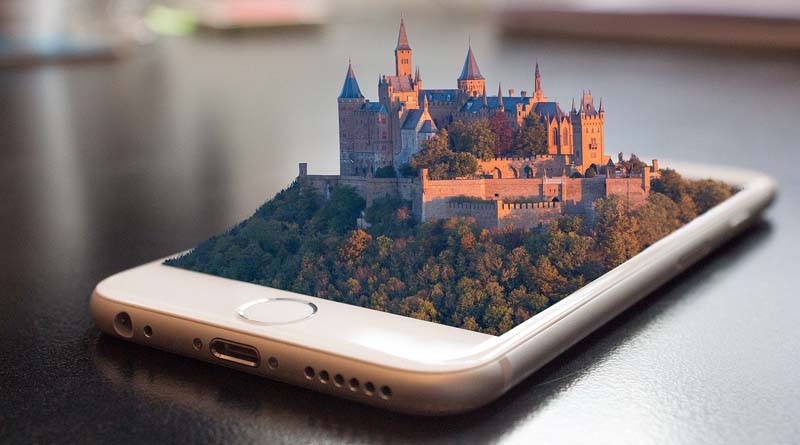
Why 3D Virtual Tours will Become “New Normal” of Engineering?
July 29, 2021The current crisis caused by the COVID-19 pandemic threatens to profoundly transform our relationships with customers, suppliers and colleagues. Just about every aspect of our lives has been turned upside down since the pandemic hit Canada, including, of course, the way we work. When COVID-19 is behind us, Canada will have changed, as will some of our professional practices.
Measures to contain the spread of the virus have led to the complete or partial closure of several industrial sites. Thus, the progress made in recent years in terms of immersive technologies shed a different light on our practices and solve certain problems related to access to projects and sites. We can respond with immersive tools that respond to this new reality.
360-degree virtual tours: a simple solution to overcome complex problems
A virtual tour allows you to simulate a visit to a site using a series of 360-degree photographs. Commonly used for remotely visiting museums, tourist sites or landmarks, this technology can be very useful in the fields of engineering and planning. Made with a simple 360-degree camera, it allows you to acquire immersive 360- degree photos and videos.
The various points of view can then be linked, as proposed for example by the Google Street View tool. Thus, the viewer can move from one image to another in an immersive way. It is also possible to add sounds or information tags with which we can interact.
The virtual tour is an efficient option that requires little investment in time and material. Barely an hour of training is enough for a technician to survey an entire site. Complementing more exhaustive surveys such as 3D scans, the virtual tour has several advantages:
- Low cost surveys
- Minimum training required to operate the equipment
- Possibility of grouping several 360 photos and linking them with hyperlinks (interactive tour)
- No specialized playback software needed and distribution through a simple Internet link
- Ability to capture photos or 360 videos using a drone or vehicle
- Possibility to view the result using a virtual reality headset
- Possibility to add ambient sound or sound simulations
- Possibility to extract standard photographs
- Possibility to simulate a design project inside the 360 photo
- Considerable added value compared to standard photography
Multiple applications
A virtual visit will never replace a field visit, but it is an advantageous alternative for sites that are difficult to access. By its immersive nature, this type of visit can greatly help to understand our space and meet different needs, such as:
- Photographic survey for the understanding of the places
- Virtual tender for remote or inaccessible sites
- Remote employee training
- Interactive maintenance manuals
- Communications to the public
- Publicity
In conclusion, the virtual visit has many significant advantages, especially when site visits are more difficult. If you have questions about the technologies to use or the best practices to adopt in order to obtain results that meet your expectations, our team of experts is here to help you.
Examples of virtual tours
- Virtual tour of the Senate of Canada
- David Gilmour’s Guitar Collection – Christie’s
- Ministry of Culture and Communication (France)
- Cornell Engineering
- Ontario Tech University
- 3D Data Capture Architects Engineering Construction
[143 total views]

